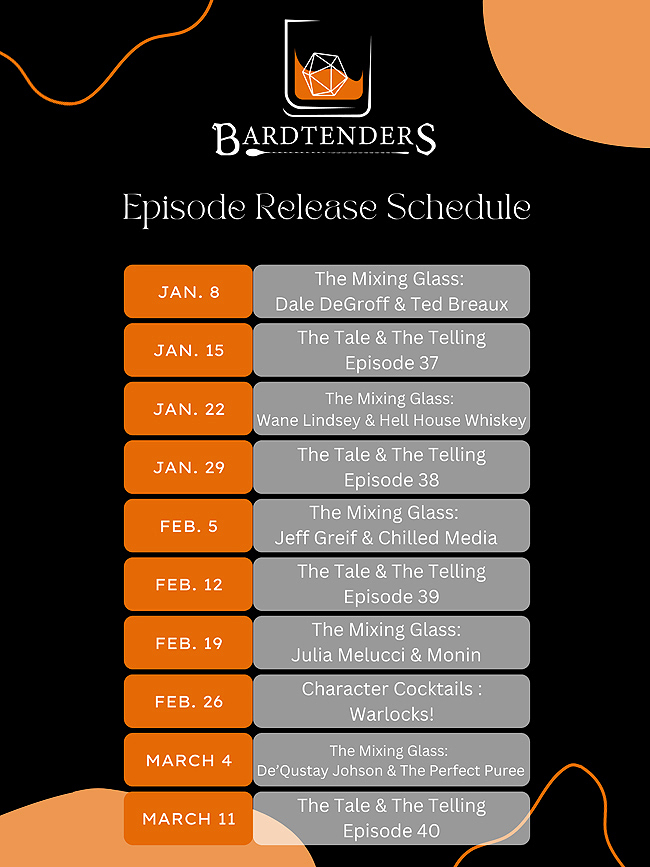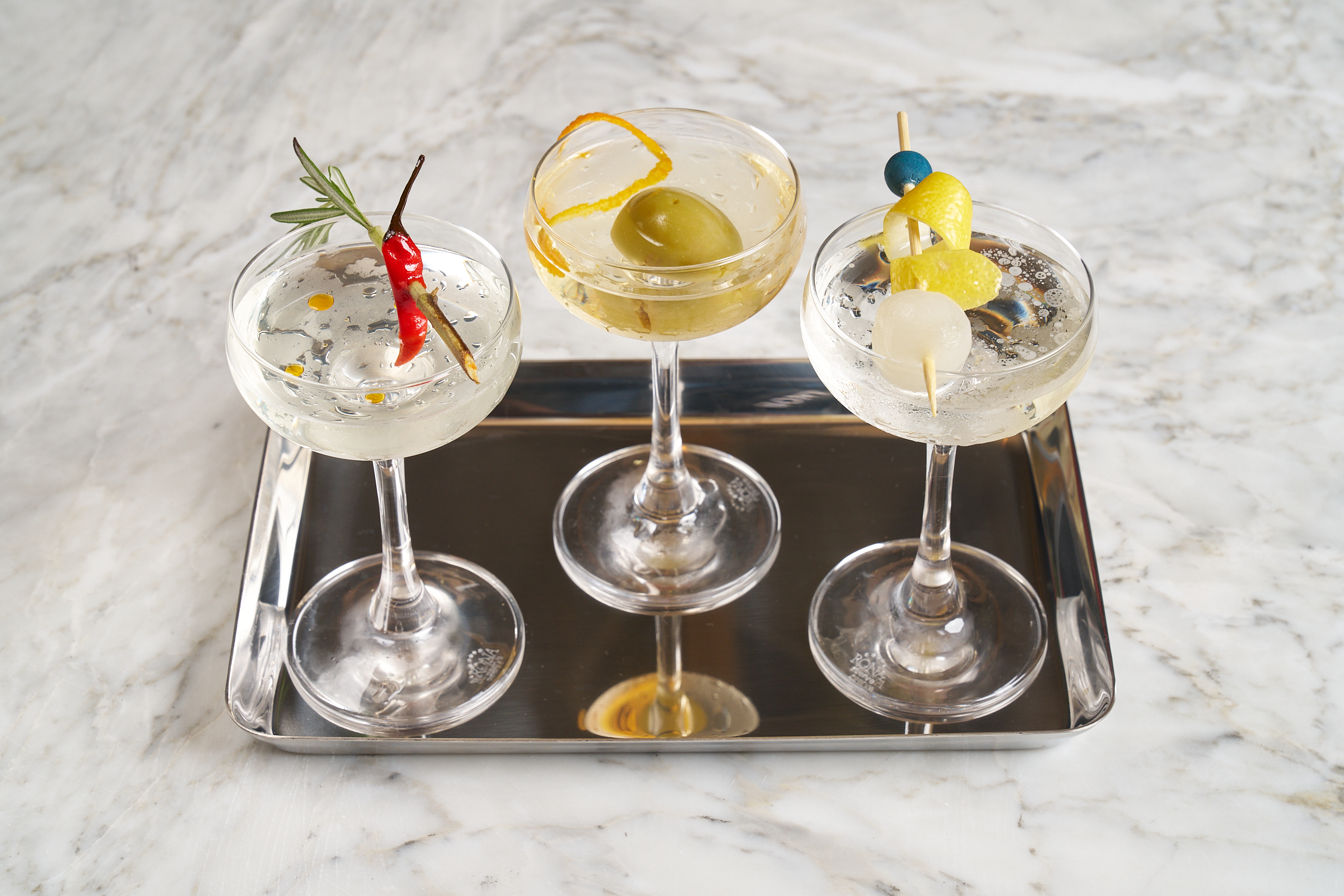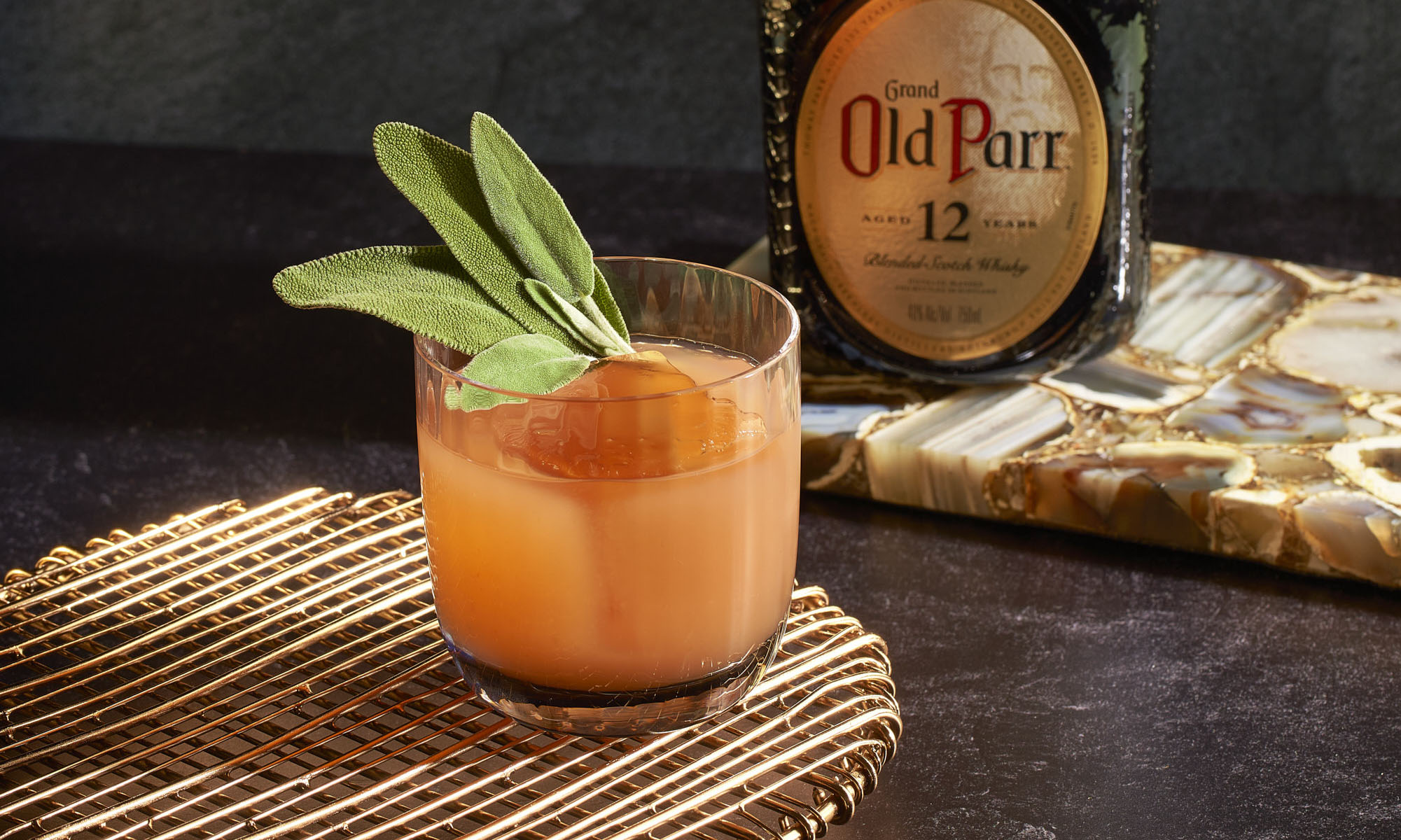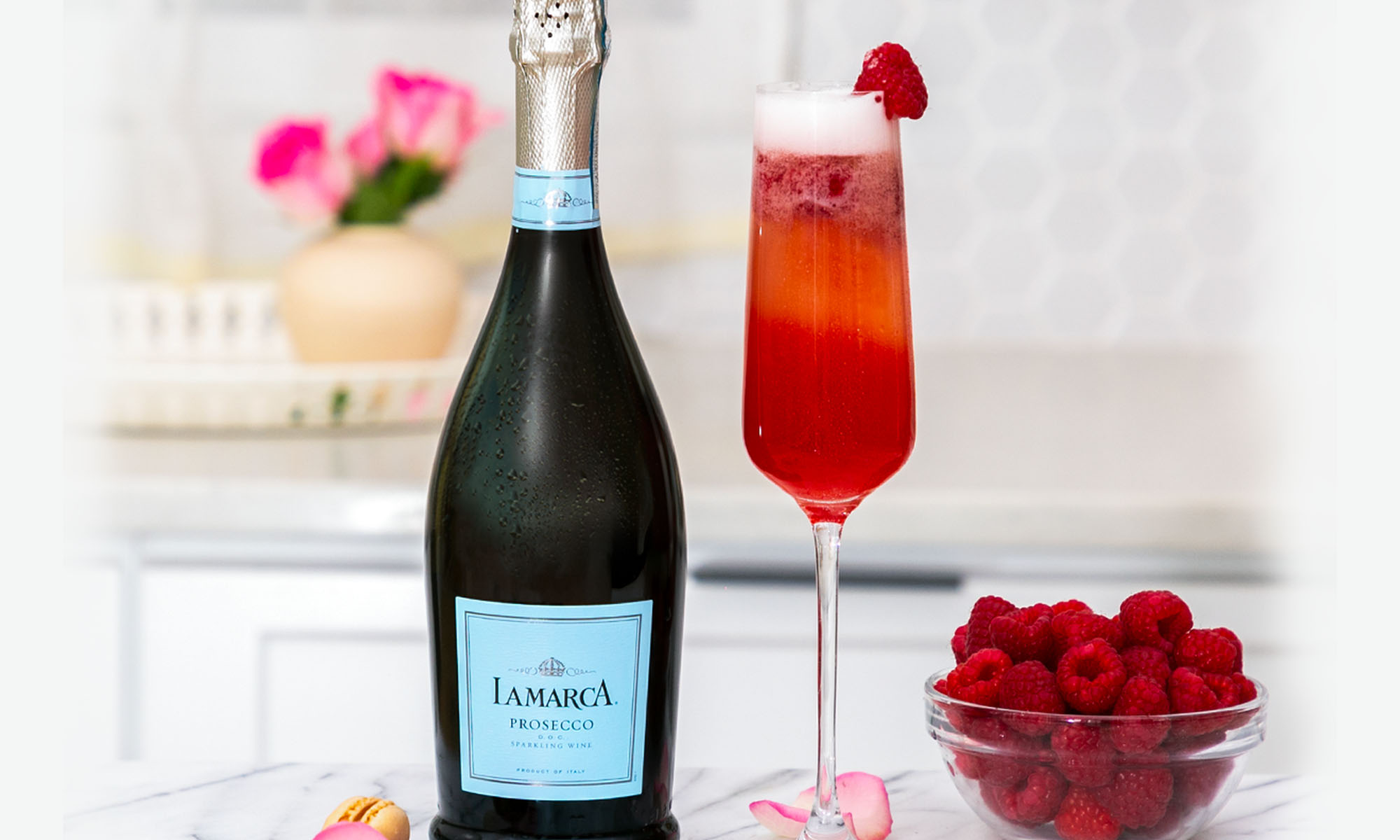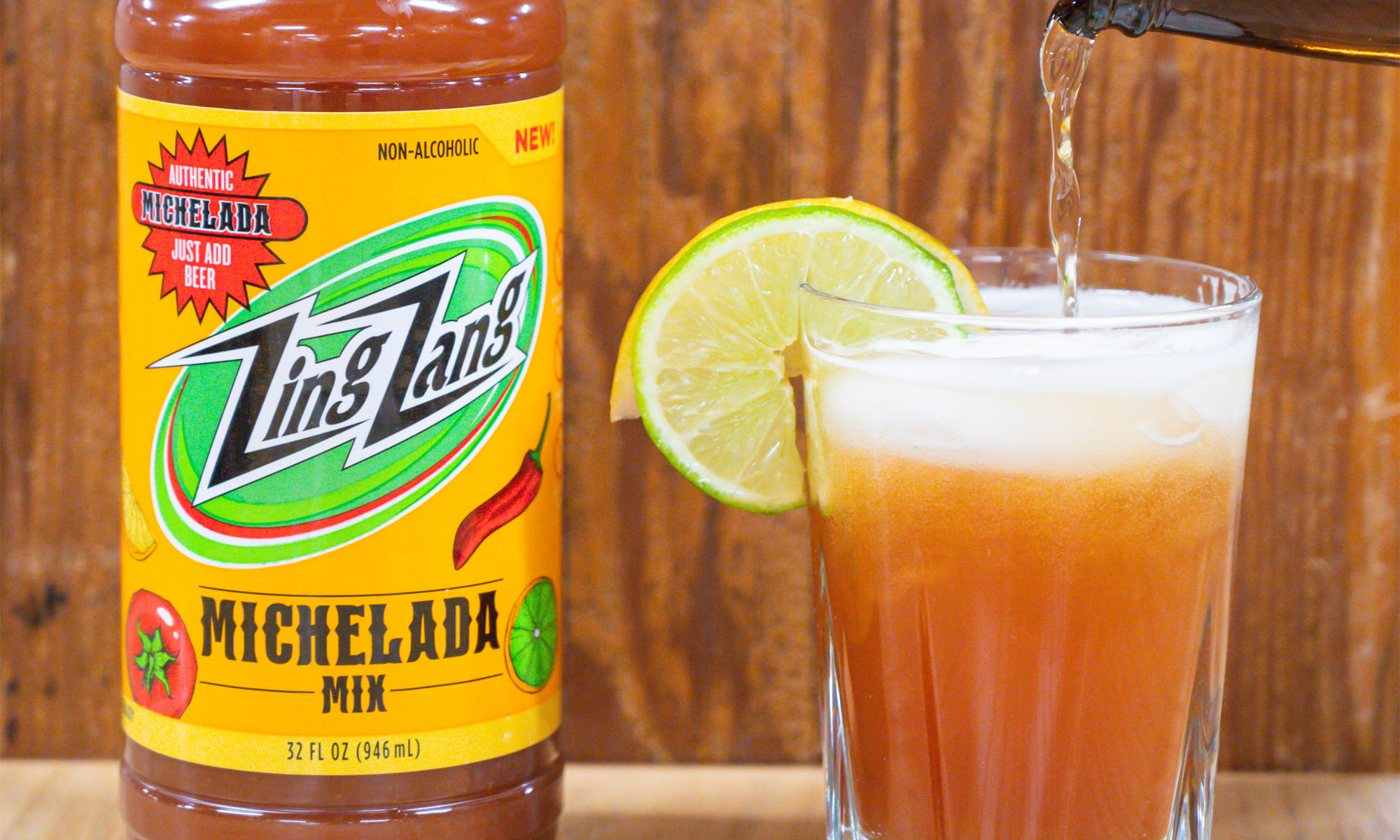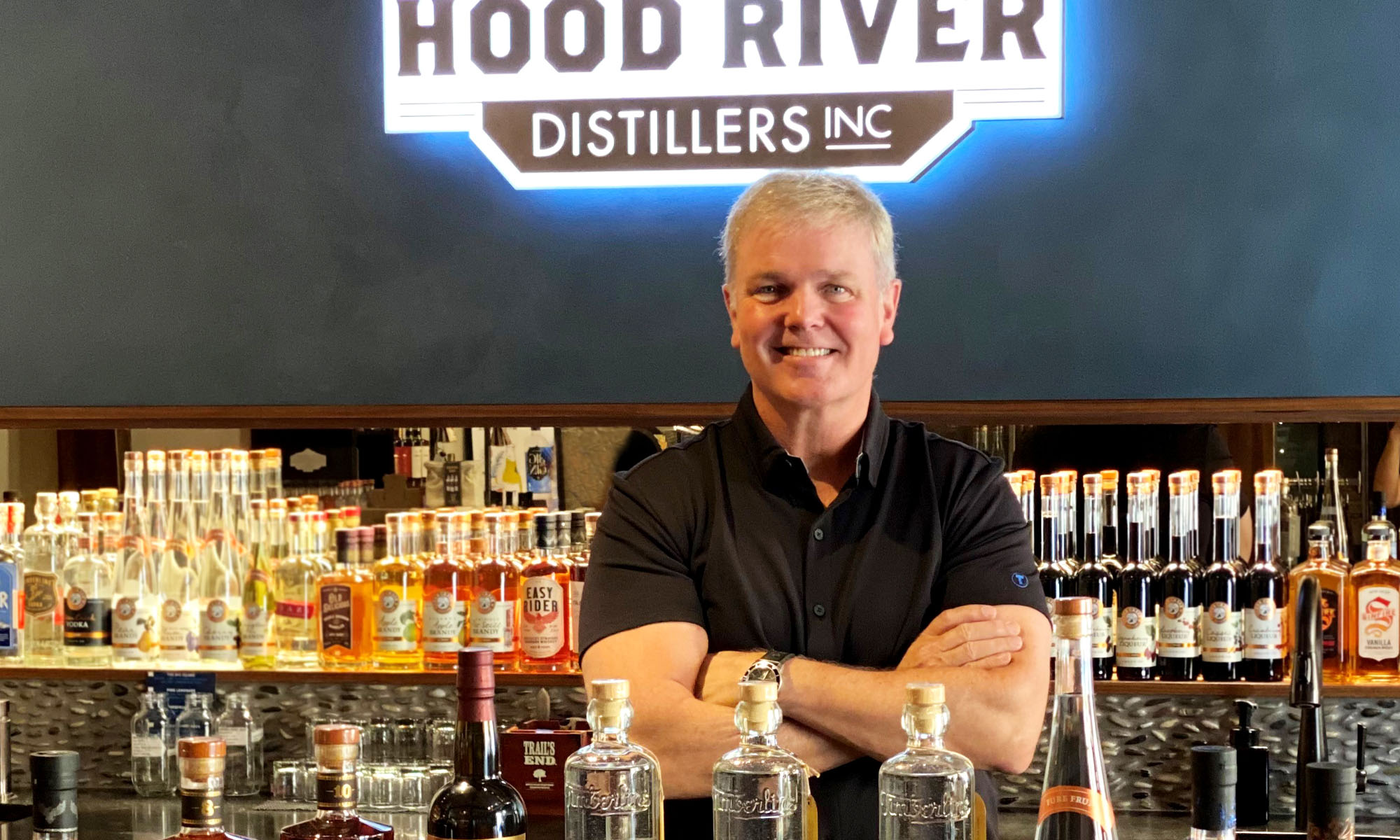How to Make the Perfect Last Word
By Tyler Zielinski
The Last Word is a pre-Prohibition classic cocktail that was born in industrial Detroit in 1915.
The unlikely mix of gin, Green Chartreuse, maraschino liqueur, and lime juice enamored imbibers of the time, so much so that the recipe thrived during a time when spirituous creativity in America was seemingly stunted.
After its relevance slowly dissipated post-Prohibition, the recipe for the Last Word reappeared in Ted Saucier’s classic cocktail book Bottoms Up! (1951) where the cocktail was credited to the Detroit Athletic Club. It was later rediscovered by Seattle-based bartender Murray Stenson who added the tipple to his menu at Zig Zag Cafe in 2004, where it was unctuously embraced by local imbibers. It was only after Stenson brought the Last Word back into the spotlight did it rise to modern classicism.
The drink made its way onto cocktail menus all across the country and was championed in New York by pioneering bars such as Audrey Saunders’ Pegu Club—at which many of today’s great bartenders, now owners, have worked. Because of the Last Word, bartenders were given a new classic cocktail template to play with—a four-ingredient equal-parts sour—and it paved the path for some of the most sought-after contemporary classic cocktails, such as: Sam Ross’s Paper Plane, Rick Dobbs’ Last of the Oaxacans, Joaquin Simó’s Naked and Famous, and Phil Ward’s Division Bell. Perfecting the Last Word is a true masterclass in balance. It’s an equilibrium of ABV, sour, sweetness, and flavor; and once mastered, the wealth of similarly formatted cocktails in the modern canon will be easily executed and remembered as well.
The base spirit of the Last Word is gin. Depending on the gin selected, this cocktail can range in terms of flavor and balance. If your gin is less than 45% ABV, it can easily be drowned out by the poignancy of the maraschino liqueur, and strength (in ABV) and depth of Green Chartreuse; in this case, increasing the volume of gin by ¼ ounce would be best to have gin be the backbone of the cocktail.
The sweeteners of this mix are the maraschino liqueur and Green Chartreuse—both of which are audacious flavors that will take this cocktail out of balance if they are even mismeasured by ⅛ ounce. Don’t over, or under, pour these ingredients. If you are wondering if Yellow Chartreuse will suffice, the answer is no. You will end up with an unbalanced drink that’s skewed towards sweet (technically, this could be balanced by adding ¼ ounce more of lime juice, but source Green Chartreuse if you can). The sweetener will be balanced with lime juice—just make sure it has been squeezed within the last couple of hours and is measured accurately and you’ll have no issues here.
As always, quality ice of the same shapes and sizes that you make with molds—or a machine—are ideal for texture and dilution. Shake the mix for 10-12 seconds and serve straight up in a coupe. The end product should truly be greater than the sum of its parts with an herbaceous and floral depth that is unrivalled by many other classics of its time.

The Last Word
Last Word
Ingredients:
- 3/4 oz. gin (preferably The Botanist Gin)
- 3/4 oz. lime juice
- 3/4 oz. Maraschino liqueur
- 3/4 oz. Green Chartreuse
Preparation: Add all ingredients to a cocktail shaker. Shake until chilled, then strain straight up into a coupe glass.

